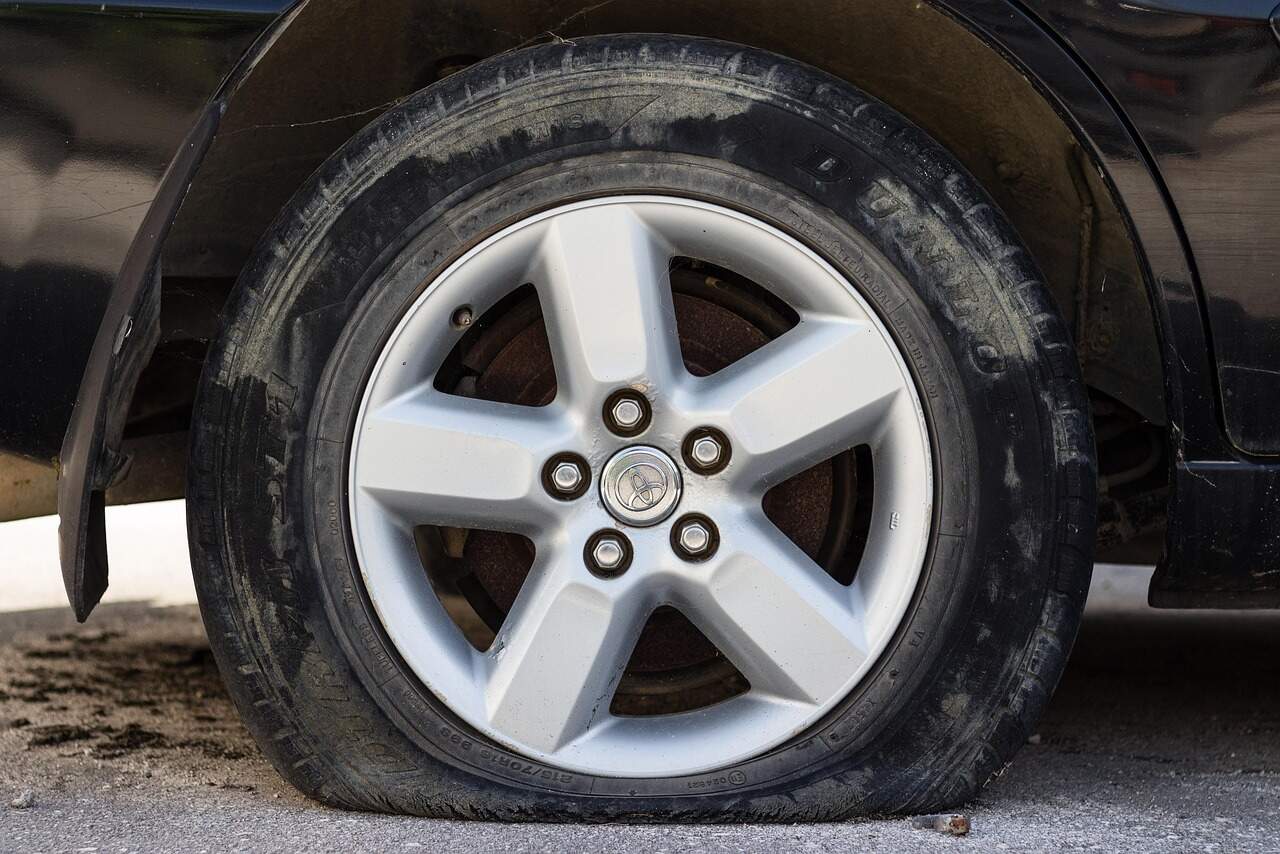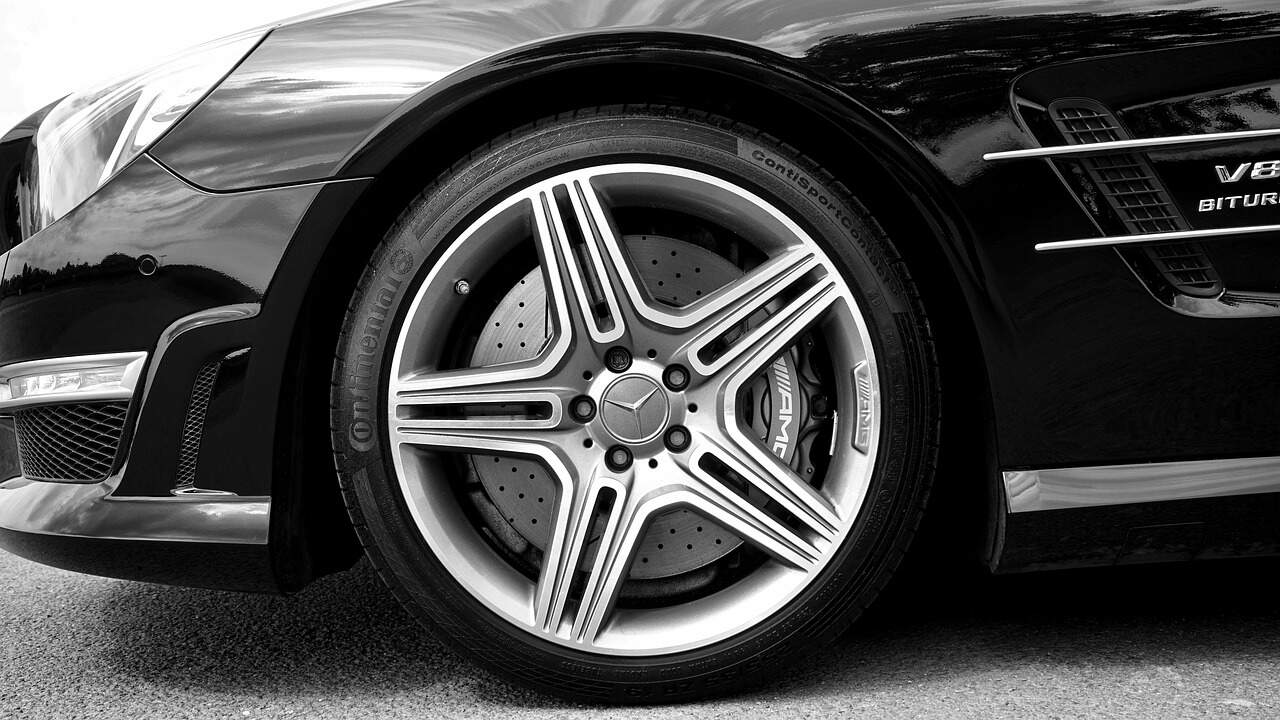With year 12 students now completing their final days of study and exams, now is the time that many young adults find themselves sitting tests for their probationary license and behind the wheel alone for the first time.
According to NRMA, young drivers have more than three times the risk of a serious accident than more experienced drivers.
To help keep new drivers safe on the roads, be sure to read over the following tips and pass them on to any inexperienced drivers.
- Get to know your car. Learn what all of the buttons, switches and features do. Search for important settings such as your fog lights, hazard lights, and any safety features. The better you know your car, the more you will reduce your chances of distraction.
- Remain alert at all times and pay attention to what is happening around you while on the road. The difference between being involved in an accident or avoiding one can come down to your reactions in a split second.
- It seems simple, but always ensure you and all of your passengers are wearing a seat belt.
- Keep ample space between you and the car in front. Be sure to increase the gap at higher speeds. It can take up to 13 metres to stop a regular car doing 48 km/h, and this increases if your tyres are under inflated, or if it’s wet or the road is slippery.
- Don’t make assumptions about what other drivers are going to do – be prepared for anything. Just because somebody isn’t indicating, doesn’t mean they won’t suddenly change lanes or turn.
- Don’t just watch the car in front of you. Always scan the road ahead and around the car in order to anticipate crashes before they happen.
- Make sure your windshield is clean. At sunrise, sunset, and night time, any light reflecting off your dirty windshield can momentarily screen your vision, meaning you cannot see what is going on in front and around your car. Many service stations have free water and windscreen wipers to clean your windows.
- Rain, wind, glare, gravel and night driving all pose potential threats. Slow down and observe advisory signs on the road.
- To avoid blind spots when changing lanes, always do a ‘head check’ first (checking over your shoulder). Also, reduce blind spots by ensuring your side mirrors are turned out far enough to see the entire width of the lanes beside you.
- Similarly, don’t drive in somebody else’s blind spot. Just because you can clearly see them, doesn’t mean they can see you. If you feel you may be in somebody’s blind spot, change your speed slightly so you pull alongside them or drop back until you’re sure you can be seen in their mirrors.
- Be mindful of small children when reversing out of driveways and parking spaces. Even if your car has parking sensors or a video camera fitted, you may not notice a small child until it is too late to stop.
- Watch out for those who are sharing the road with you, such as cars, scooters or motorcycles. Often they can be difficult to spot in your mirrors, so always be alert to who is around you. Be sure to give bike riders plenty of space.
- Night driving can be more difficult as there is a lack of visibility. Slow down if you are having trouble seeing, particularly if it’s raining. When facing oncoming headlights, try shifting your gaze slightly away and adjust your rear vision mirror to reduce glare from cars following you.
- Country driving can be difficult with uneven, narrow and winding roads. There is also the very high possibility of unexpected hazards such as kangaroos, trucks and potholes. Be sure to adhere to advisory signs, slow down, avoid the edges of the road, and always remain alert.
- If you have car trouble or breakdown, find a safe spot to pull over and park the car as far left as possible. Make sure you can be seen – turn on your hazard lights, parking lights when you’re in poor light, or raise your bonnet. If you must stay in your car, keep your seatbelt on. If it’s safe to leave the car, try to exit from the passenger side, move to the far left of the road, away from your car and behind a safety barrier if possible.
- Be sure to have your car serviced regularly by a professional to avoid breakdowns and any trouble on the road.
- Keep your tyres inflated to the correct pressure to avoid accidents and reduce wear and tear. The correct air pressure for your vehicle may be found in the vehicle owner’s manual or on the tyre placard (attached to the vehicle door edge, doorpost, glove box door or fuel door). If you require assistance with your tyres, visit Tyrepower for expert advice. Visit www.tyrepower.com.au/stores to find your local Tyrepower store.


























